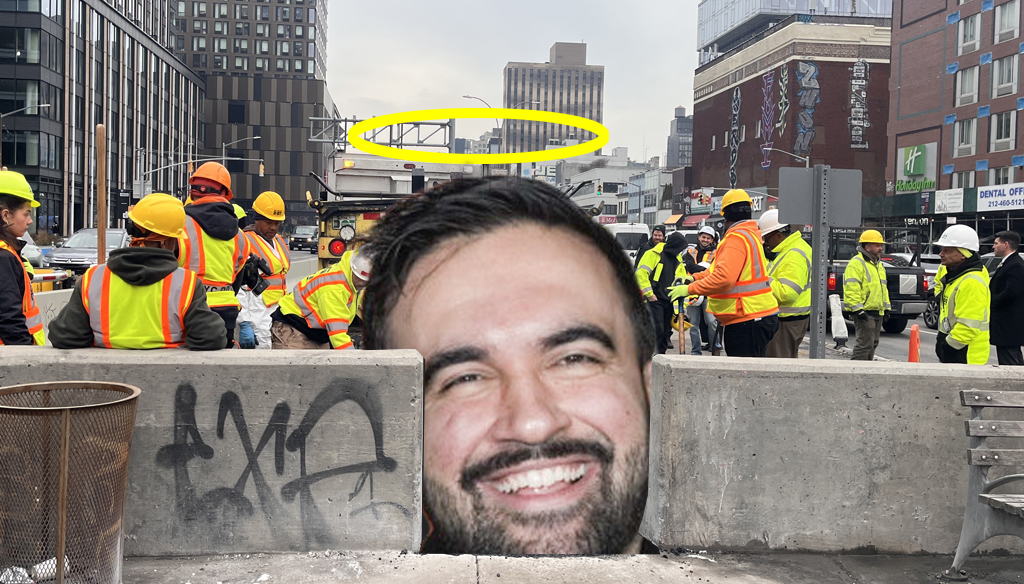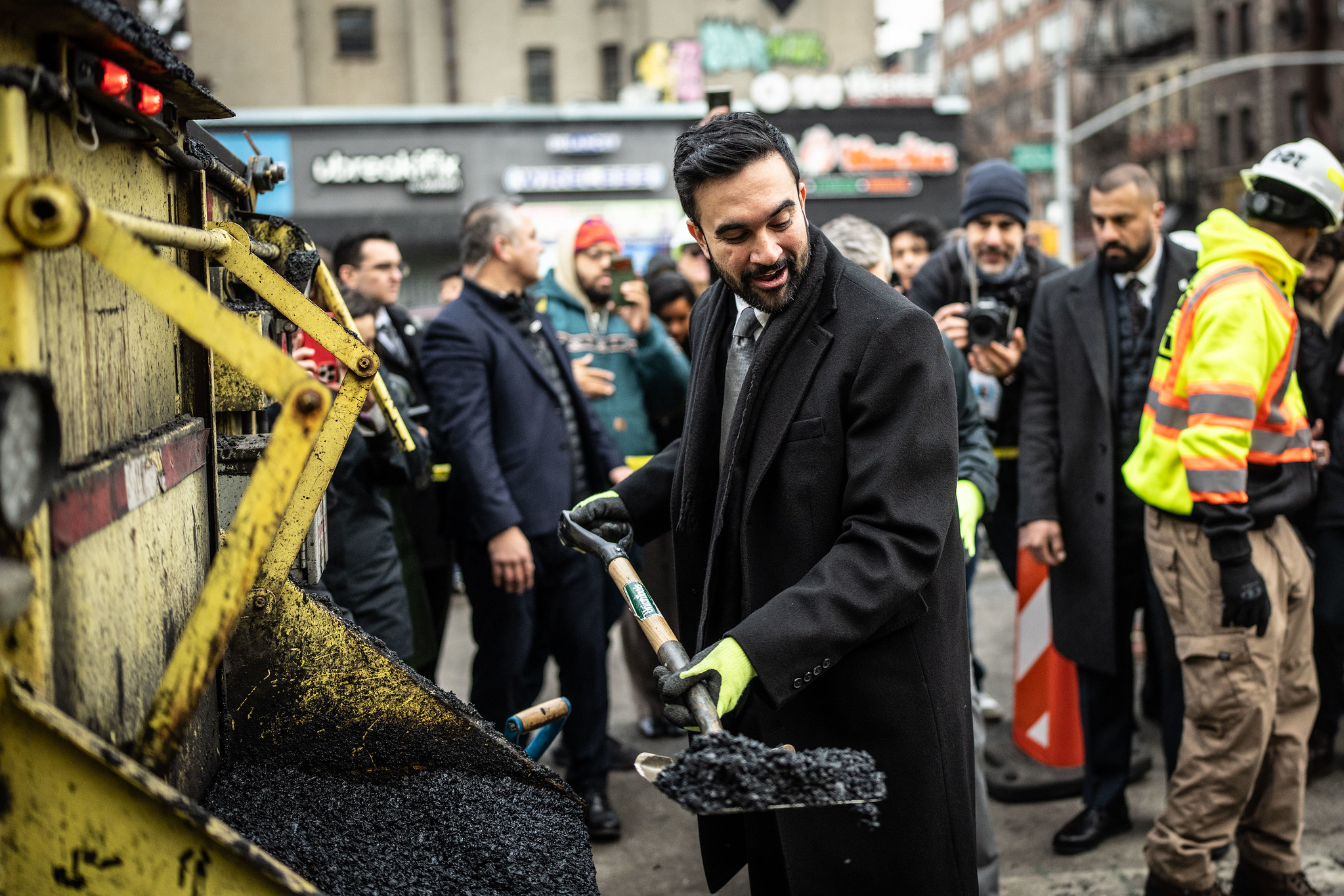Job sprawl has been a difficult nut to crack for many transit agencies. As employment centers in many American regions have spread out from the center city, connecting people to jobs with a traditional "hub and spoke" transit network has become increasingly difficult. The effects of job sprawl are also quite costly: The massive suburbanization of employment over the past 60 years has resulted in roughly $100 billion in lost time and fuel annually, according to a new report [PDF] from the Center for Transit Oriented Development.
The report, commissioned by the Federal Transit Administration to provide guidance on the job sprawl problem, advises that transit agencies consider job concentration as a basis for transit expansion in the same way they might consider residential density.
Jeff Wood at Half-Mile Circles writes:
Over the last 60 years or so employment has been decentralizing in American cities at a steady rate. Research by Glaeser/Kahn and Kneebone have shown that more employment is now located outside of a 3-mile radius of the central business district. However the central city radius might be a bit simplistic. Employment has leaped over the inner suburbs in a process of growth that saw "edge cities" mimic downtowns with taller buildings concentrated and then "boomburbs" that lined freeway interchanges on the suburban periphery. This created polycentric regions that can be categorized not just as urban and suburban but as compact or dispersed.
Recent regional planning attention on transit and development has been focused on residential densities needed to support transit. The destination side of the trip has not been recognized as an important driver in transit ridership. (See our featured topic page for papers on transit supportive density.) As the research adds up, we can no longer afford to ignore employment centers. With 60 percent of transit ridership coming from work trips, it's important to understand how to grow employment centers as places and serve those places with local and rapid transit.
And since more than half of all transit trips are work-related (pg 14), connecting these places and changing thier makeup is a surefire strategy for increasing ridership and creating more vibrant places. Research by Barnes, Zupan/Pushkarev, and Brown/Thompson cited in the paper all show that transit's ridership increases if you're focused on connecting people with destinations. But it's also important to remember that physical form, parking policy, and zoning codes are all important factors in determining whether people will ride transit.
The whole report [PDF] gets into details about which employment sectors display the greatest demand for transit and examines land use strategies for reducing the negative impacts of this type of sprawl.
Elsewhere on the Network today: Chicago's Active Transportation Alliance gives the thumbs up to mayor-elect Rahm Emanuel's "very encouraging" transition plan, which includes a pledge to build 25 miles of protected bikeways each year. Second Avenue Sagas looks ar New Jersey Governor Chris Christie's transportation decisions through the prism of national infrastructure politics. And the Transport Politic says high-speed rail lines need funding commitments similar to federal arrangements for funding urban transit projects.






